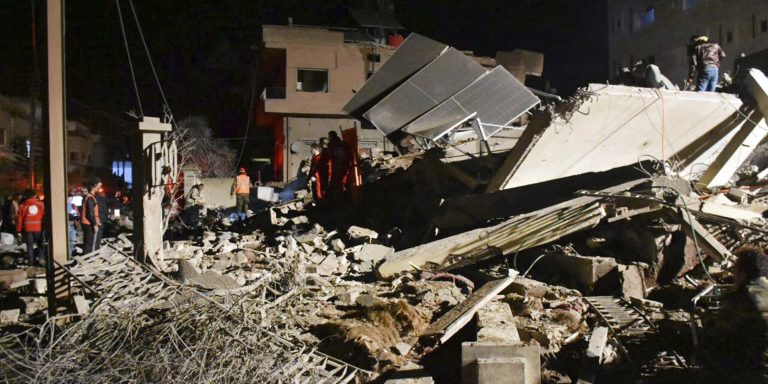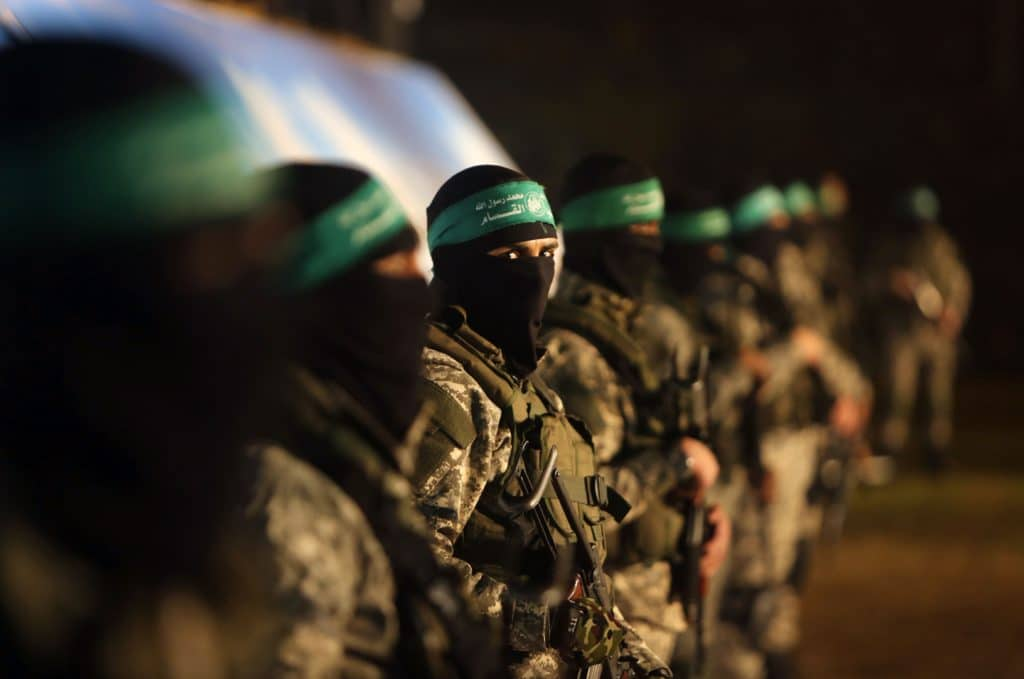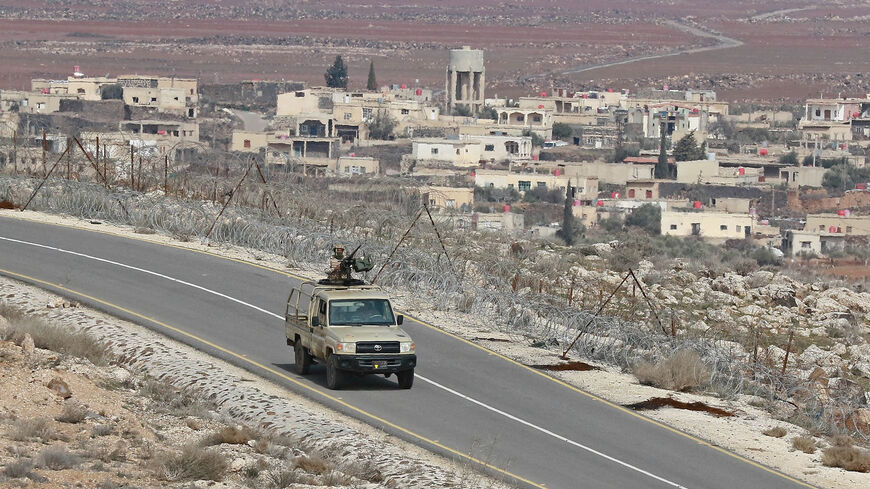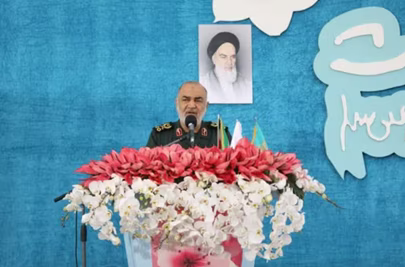Diplomatic Flurry Fails to Quell Gradual Israel-Hezbollah Escalation
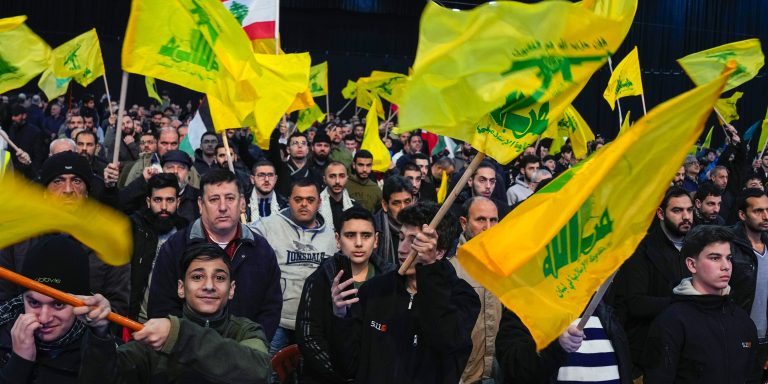
Israel and Hezbollah have continued to escalate their cross-border attacks that began after the October 7 Hamas attack on Israel, although the two sides remain short of full-scale warfare.
U.S. and French diplomats are seeking to develop a formula to de-escalate the skirmishing, modeled on some of the past agreements that ended Israel-Hezbollah hostilities.

